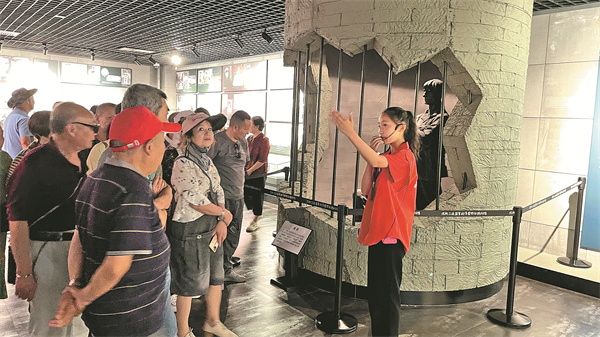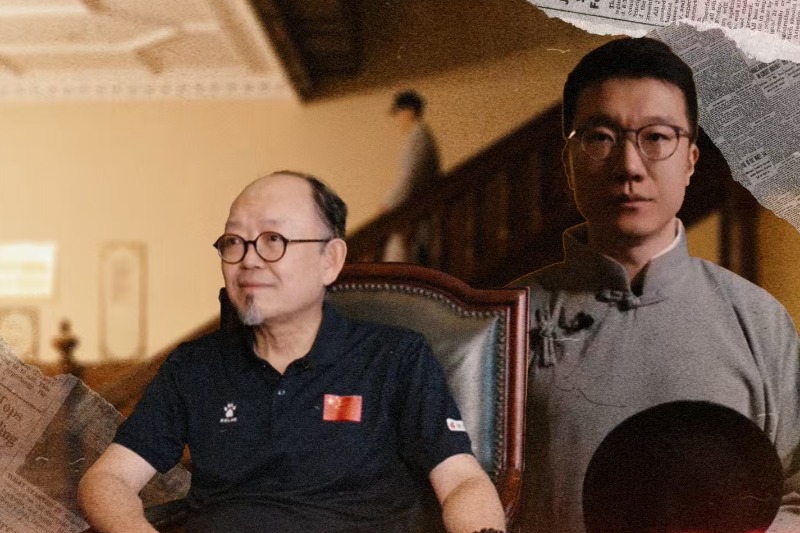Enduring the horrors of POW camp
'Mukden' bears scars of unimaginable cruelty during WWII, Zhao Xu and Wu Yong report in Shenyang.


"That the present situation i.e. the war is over between July the first and the 30th September 1943, the party of the first part M.T.presents the party of the second part with two bottles of Haig's whisky."
These words come from a handwritten agreement dated March 3,1943, penned by Ronald Joy, who entered into the pact as "the party of the second part" with fellow prisoner of war M. Thompson ("the party of the first part") while both were imprisoned in a Japanese World War II camp located in present-day Shenyang, Liaoning province, in Northeast China, then occupied by invading Japanese forces.
Known as the Mukden POW Camp — "Mukden" being the former name of Shenyang, or alternatively the Hoten Camp — the facility housed over 2,000 Allied prisoners, primarily Americans, British, and Australians, including the two men named above.
"When they made this agreement, they had been in the camp for less than four months and still held hope," says Li Zhuoran, deputy director of the Shenyang WWII Allied Prisoners Camp Site Museum, which stands on the original site of the former Mukden Camp.
Yet, that hope wore thin, smoldered, and came perilously close to being extinguished by the prolonged war and the men's drawn-out captivity, which lasted until August 1945. "Their time in the camp was marked by relentless physical, mental, and emotional trials," Li continues, "as they endured every form of hardship — including the brutal winters of Northeast China, which claimed nearly 200 POW lives in the few months between late 1942 and early 1943, just before that agreement was made."





































